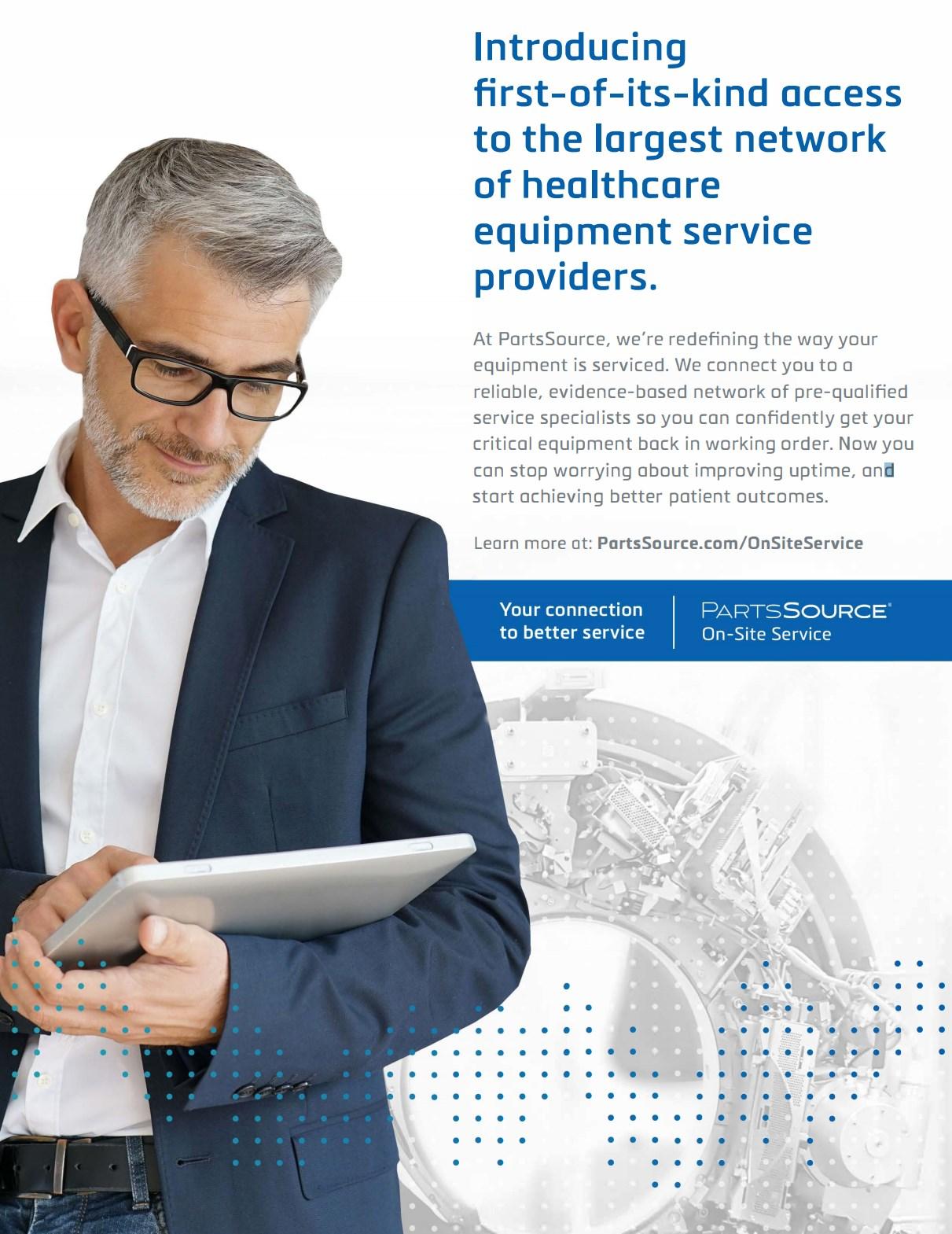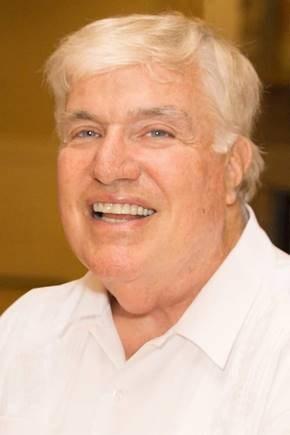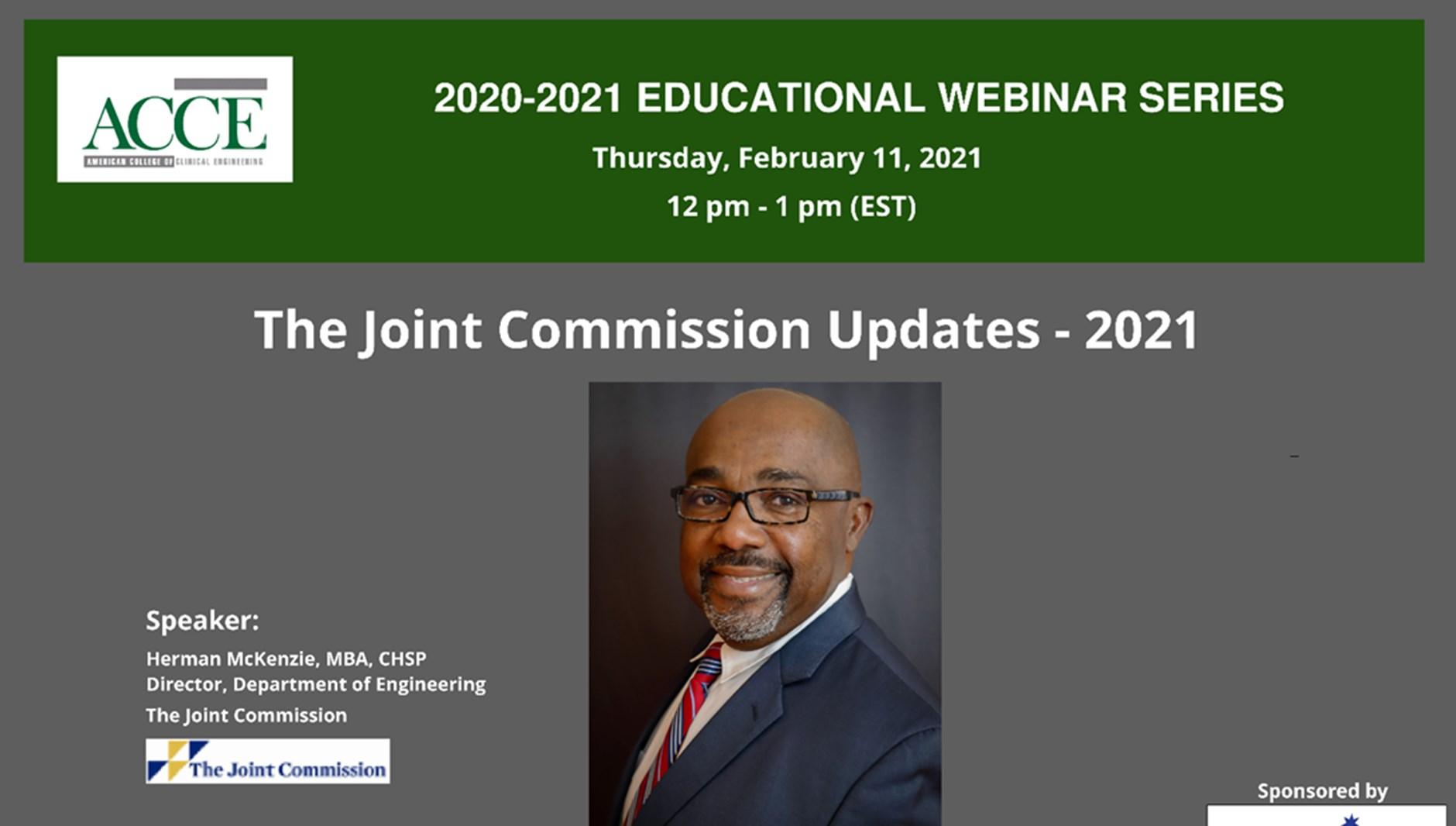WHO Collaborating Center WHO Collaborating Center for Health Technology Management Update As the pandemic continues, the collaborating center at Technical Services Partnership, University of Vermont has continued to support the World Health Organization (WHO) and the Pan American Health Organization (PAHO). A primary project is the development of scripts and video production related to training on priority devices in the fight against COVID -19. Collaborating center staff is working with ACCE member Bill Gentles, CCE, who is coordinating global clinical engineers primarily in low and middle income countries in the production of videos covering acceptance, use, maintenance, and decontamination of ventilators, CPAP/ BiPAP, oxygen concentrators and cylinders, high flow nasal cannulae, pulse oximeters, and patient monitors. Note, this project is part of a much broader initiative including medical device databases, nomenclature, best practices, and guidelines covering the health technology life cycle led by Adriana Velazquez Berumen, Team Lead for Medical Devices and In Vitro Diagnostics, WHO. Through coordination by PAHO, virtual training on incoming inspection, safety, user and biomedical maintenance on oxygen concentrators for fourteen Caribbean nations took place in October. Oxygen concentrators are a critical device in countries that have limited availability of piped in oxygen. Collaborating center staff member Rick Barnes, CBET, contributed training on oxygen concentrator maintenance. COVID-19 priority medical devices being considered for purchase in Dominica and Belize were evaluated using WHO/PAHO requirements and the best practices of the collaborating center. Due to device availability and/or restrictions on export from North America and European countries, these devices were primarily manufactured in other countries and were not sold in the US or FDA approved. This added to the challenge to support Dominica and Belize in combating the pandemic. ACCE News
Other WHO and PAHO work has included product evaluation for devices being considered to be included in the WHO 2020 Health Priorities Compendium of Innovative Health Technologies for LowResource Settings, contributing HTM chapters to the PAHO Virtual Course on Assessment, Selection, Rational Use and Management of Health Technologies in the context of COVID-19; medical device disinfection presentation for Bangladesh, center overview for IEEE EMBS of Peru, and continuing with activities focused on medical technology assessment with PAHO’s RedETSA – the HTA network for the Americas headed by Alexandre
Lemgruber, Regional Advisor on Health Technologies. Related to HTA, Rossana Rivas, Senior Advisor to the collaborating center, has spearheaded the current project to assist the Peruvian National Institutes of Health (INS) in developing a framework for HTA of medical devices. This will also include pilot assessments and leadership training. Future projects of the collaborating center include providing HTM services and training for Haiti and serving on the scientific committee of the ICEHTMC to take place in September. Tobey Clark, University of Vermont Tobey.clark@uvm.edu
AAMI Update (Continued from page 8)
gence in New Standards Initiative
Taking an important first step towards artificial intelligence (AI) standards and guidance for much of the healthcare industry, AAMI is standing up a new AI committee consisting of representatives from the British Standards Institution, the US Food and Drug Administration (FDA), and developers of machine learning technology. The AAMI AI committee and BSI are pooling experts to draft risk management guidance for AI and machine learning in medical devices. This new document will repurpose key lessons from an internationally known standard, ANSI/AAMI/ISO 14971, Medical devices—Application of risk management to medical devices, while leveraging the joint drafting committees’ AI expertise. “When we talk about AI in healthcare, we’re talking about machine learning, data -driven systems that reach conclusions that we can’t necessarily predict,” explained Joe Lewelling, senior advisor on content and strategy at AAMI. “These are disruptive technologies in that they will
Volume 31 Issue 1: January — February 2021
change the way healthcare is designed, delivered, maintained, and even regulated.” In May 2020, AAMI joined forces with BSI to publish the position paper, Machine Learning AI in Medical Devices: Adapting Regulatory Frameworks and Standards to Ensure Safety and Performance, which examines how machine learning is different from traditional medical devices and software. It outlines a need for new standards and regulator initiatives to promote the safety, effectiveness, and availability of AI and machine learning in healthcare. The new AAMI AI committee will be responsible for developing the guidance documents and other work identified in the white paper. The AAMI AI committee is accepting new participants on a rolling basis. Interested parties, including representatives of clinical practices, academia, regulatory authorities, and industry can find out how to get involved at AAMI.org or by contacting standards@aami.org. AAMI Staff 11




